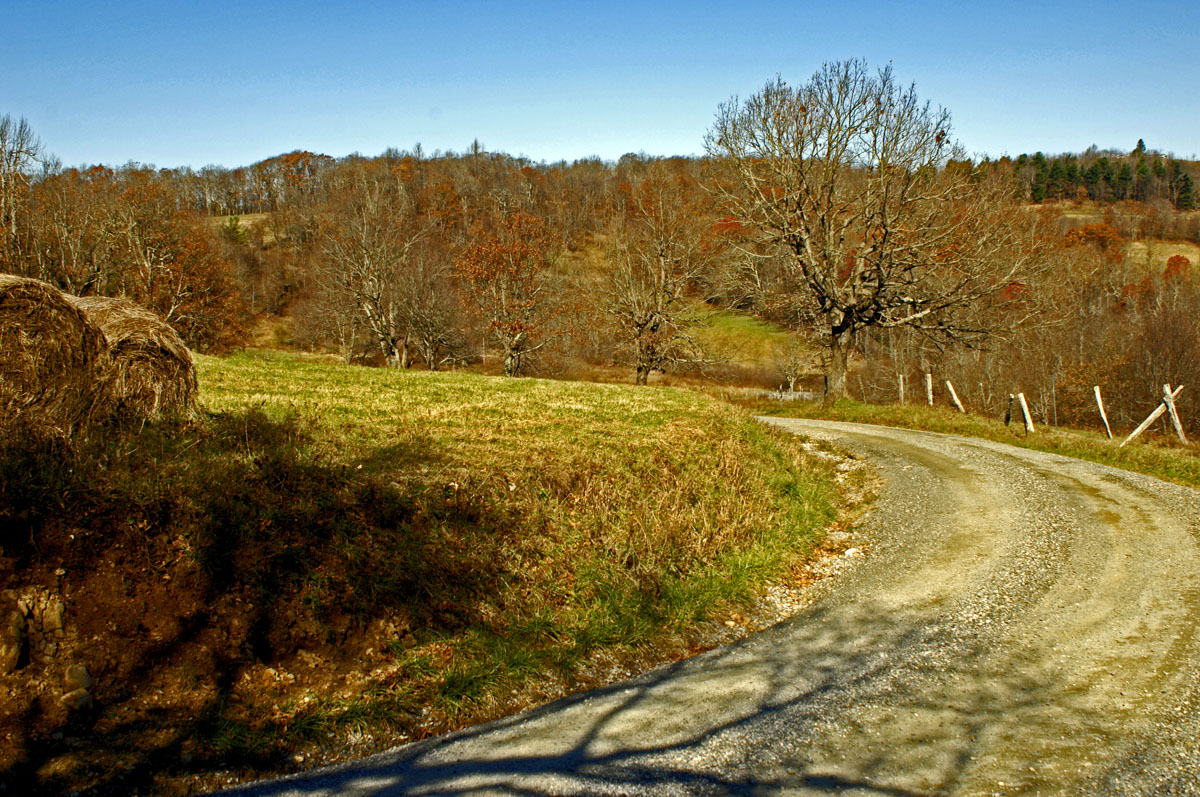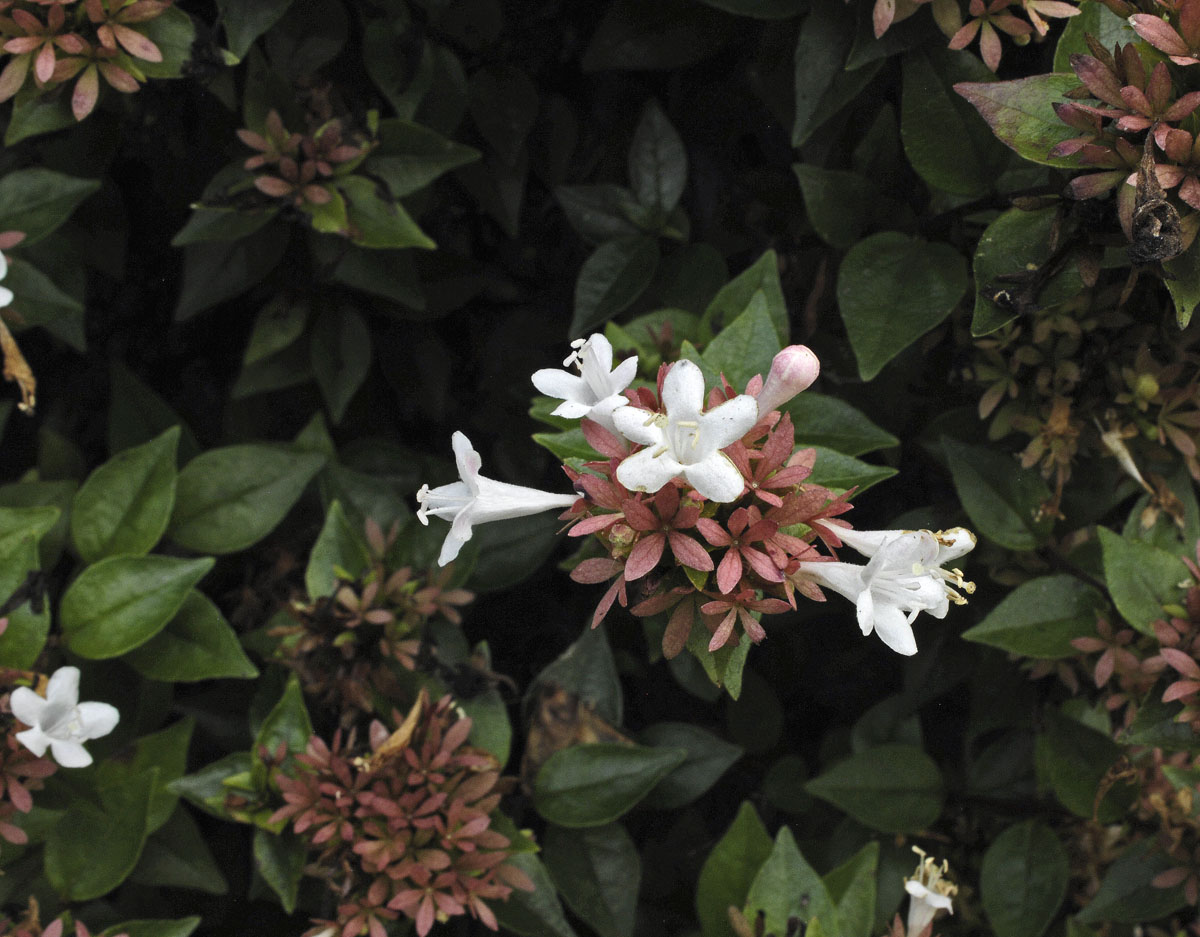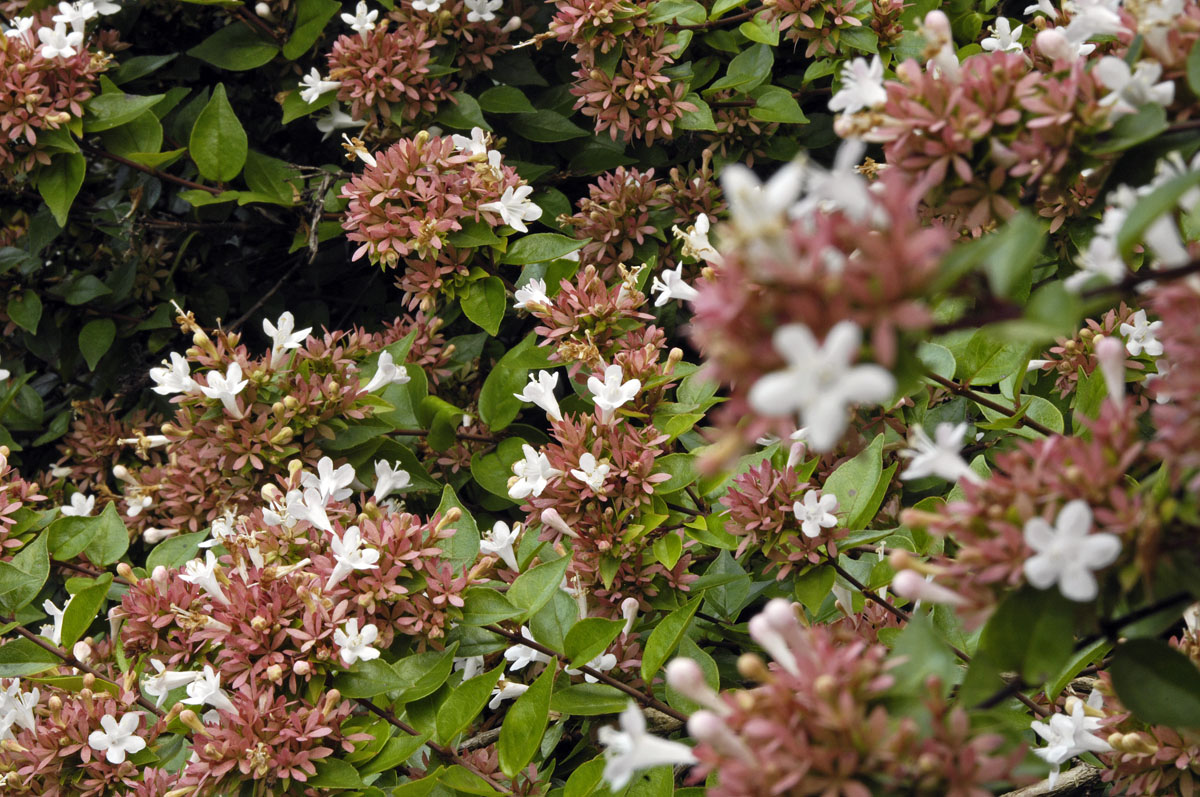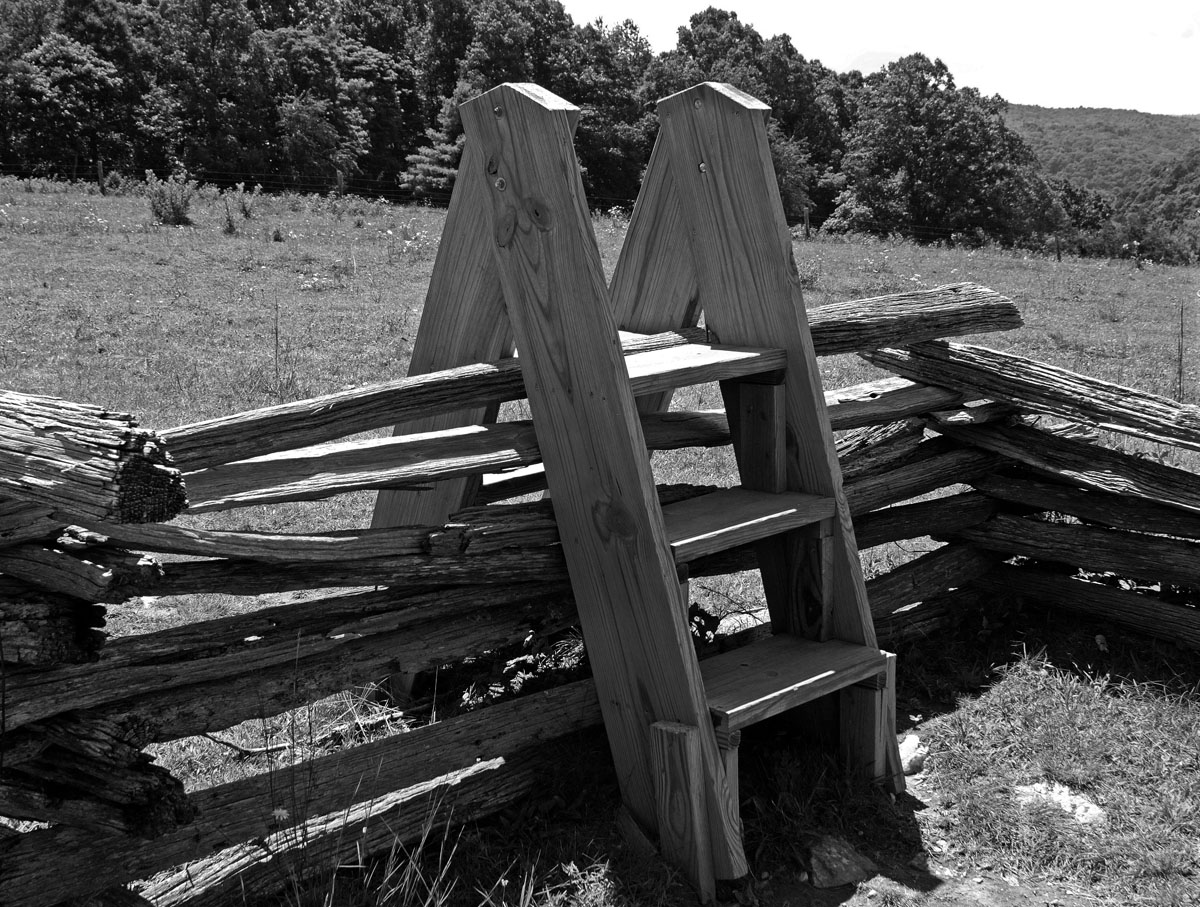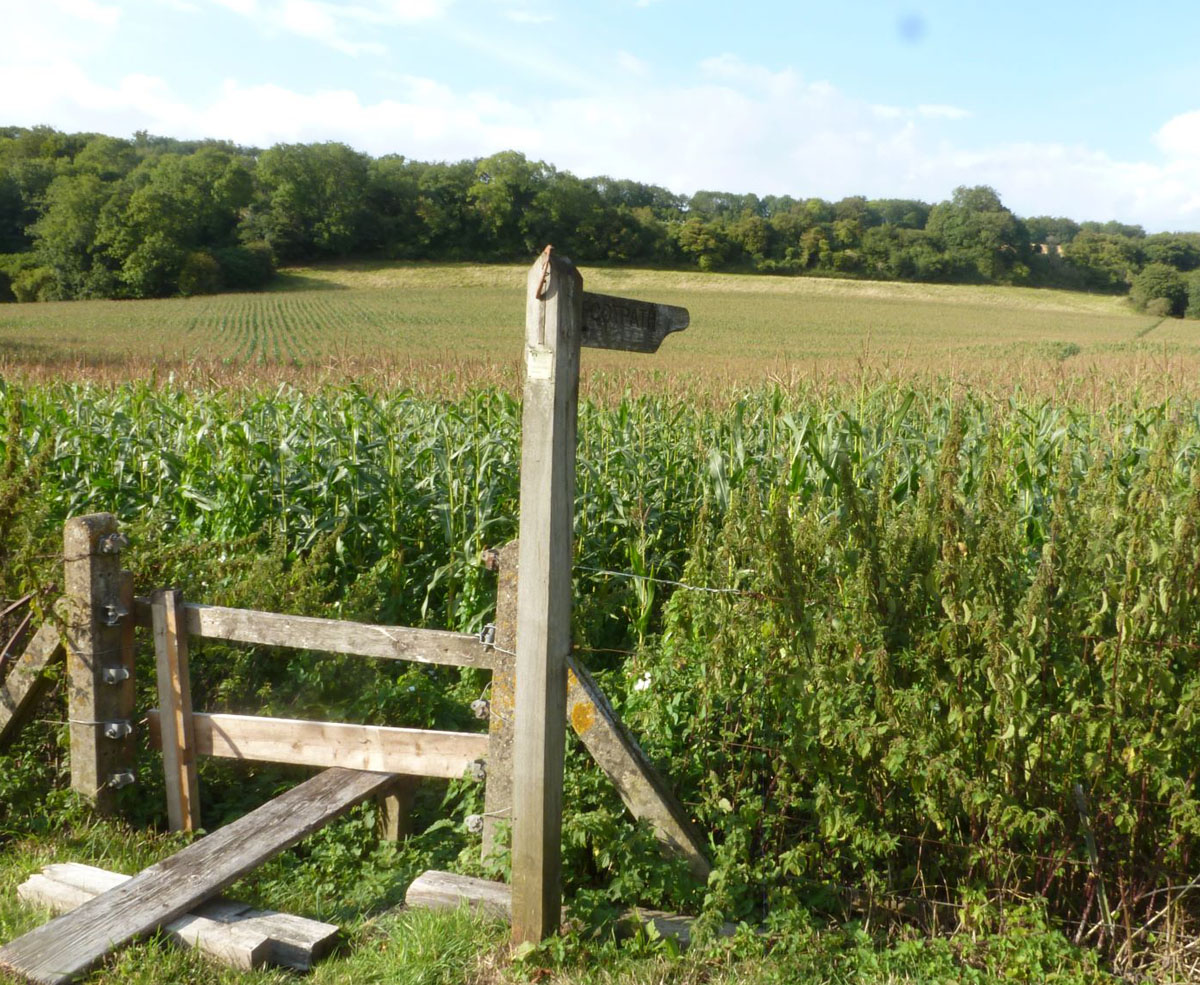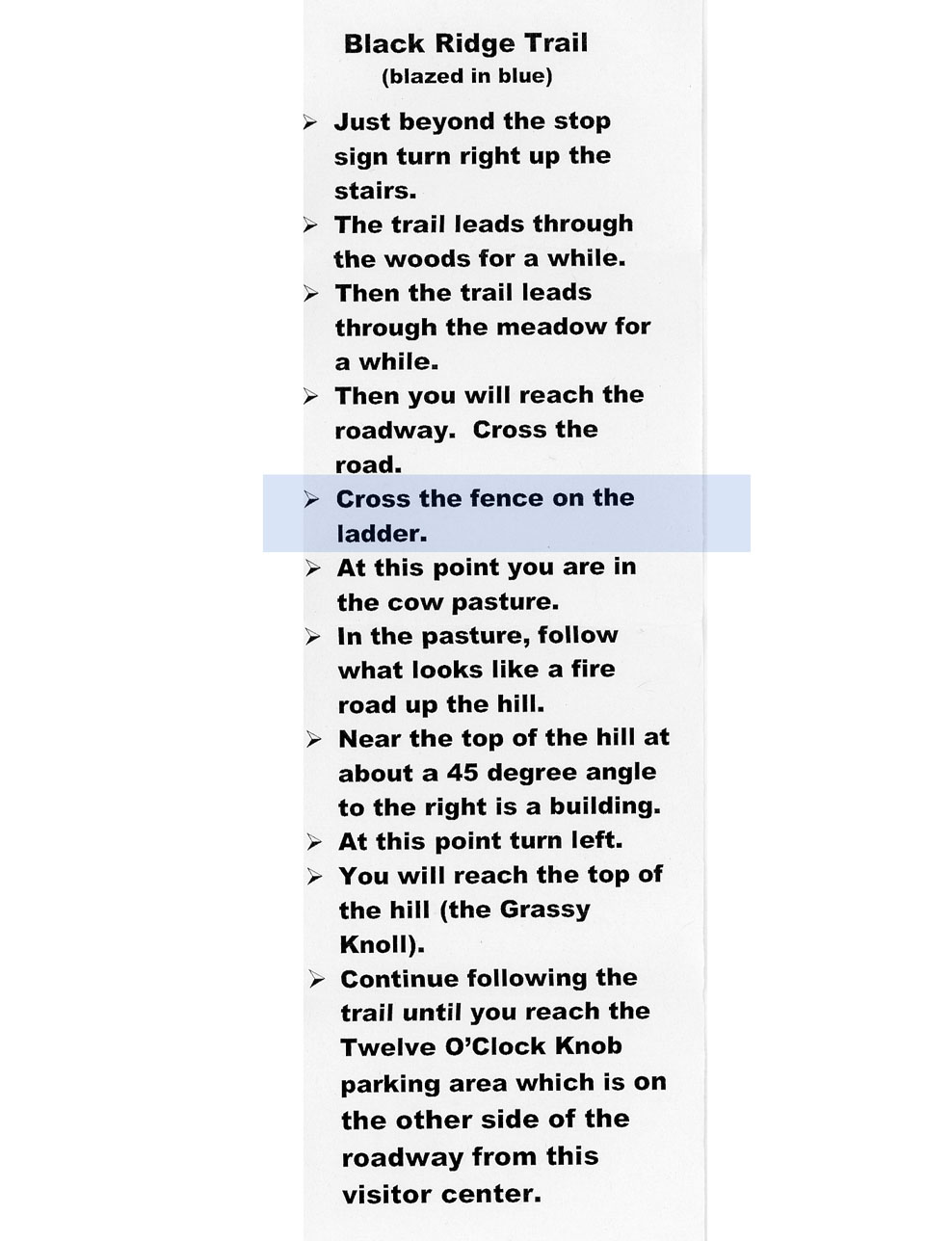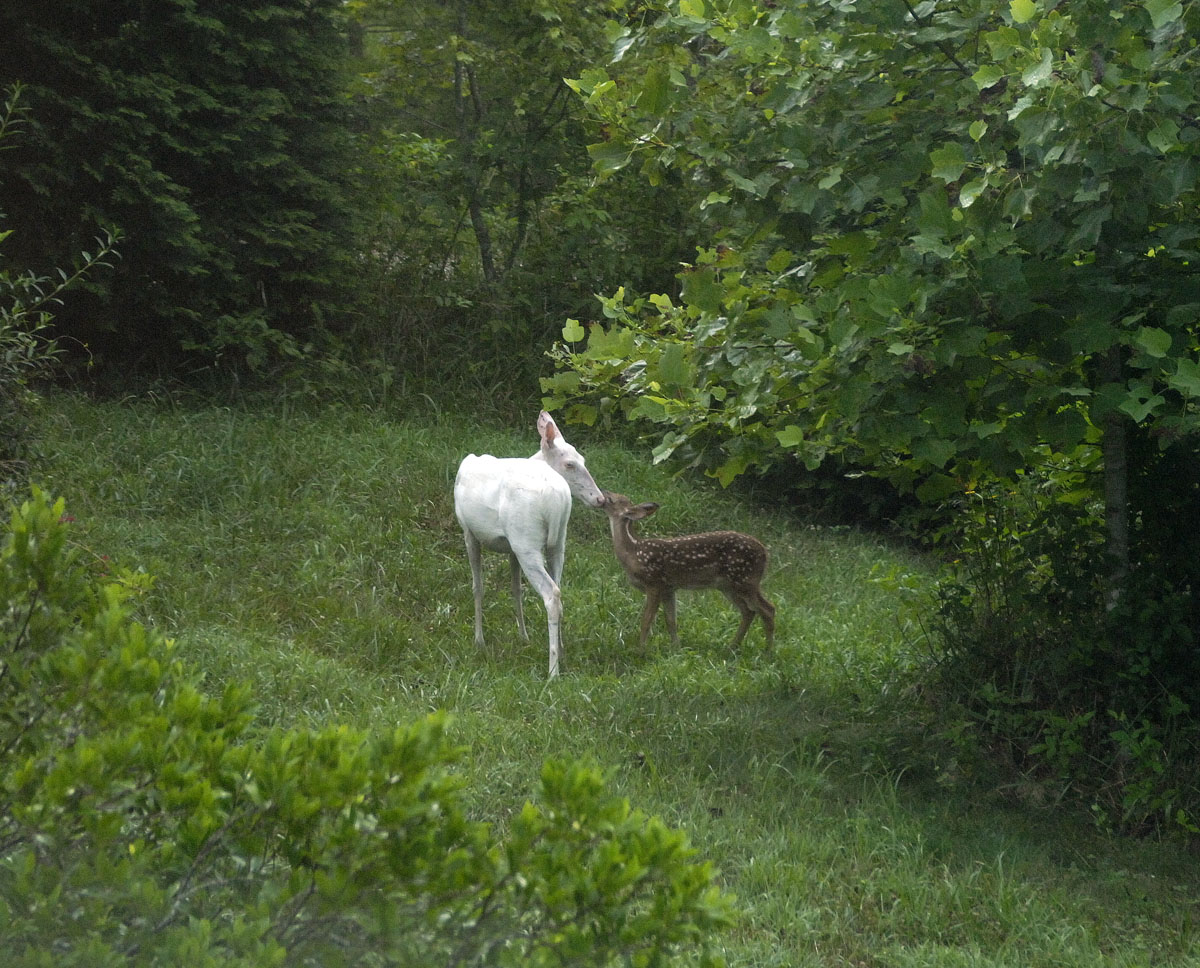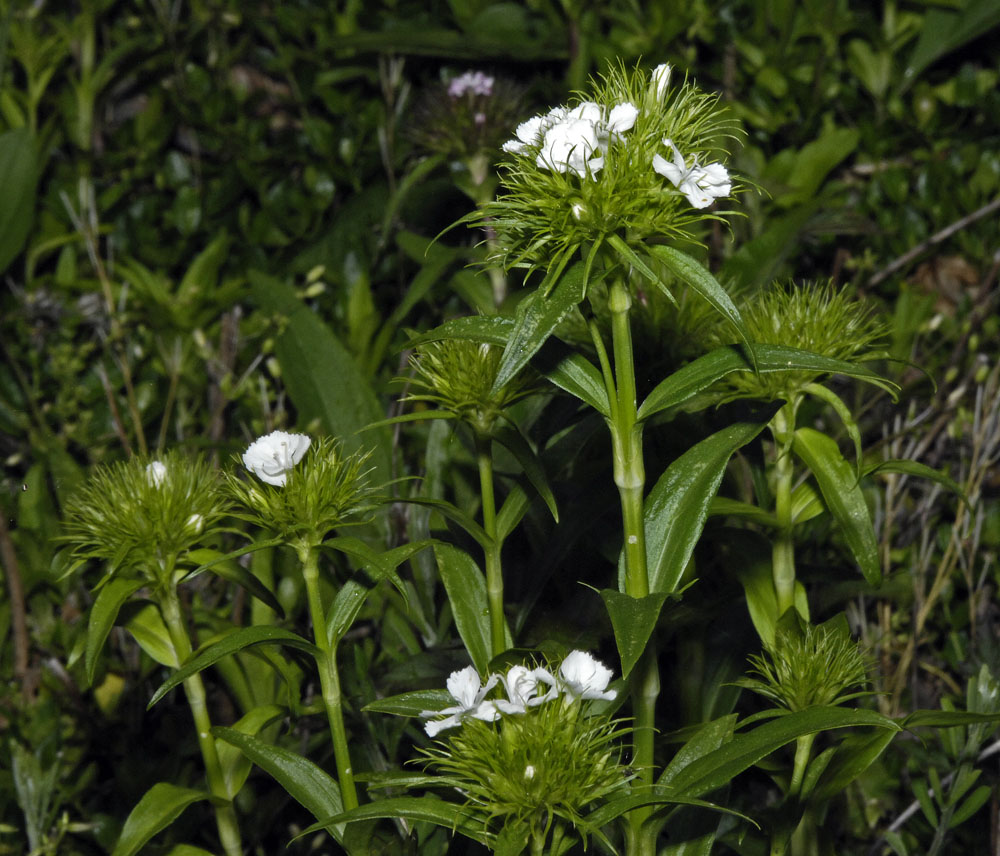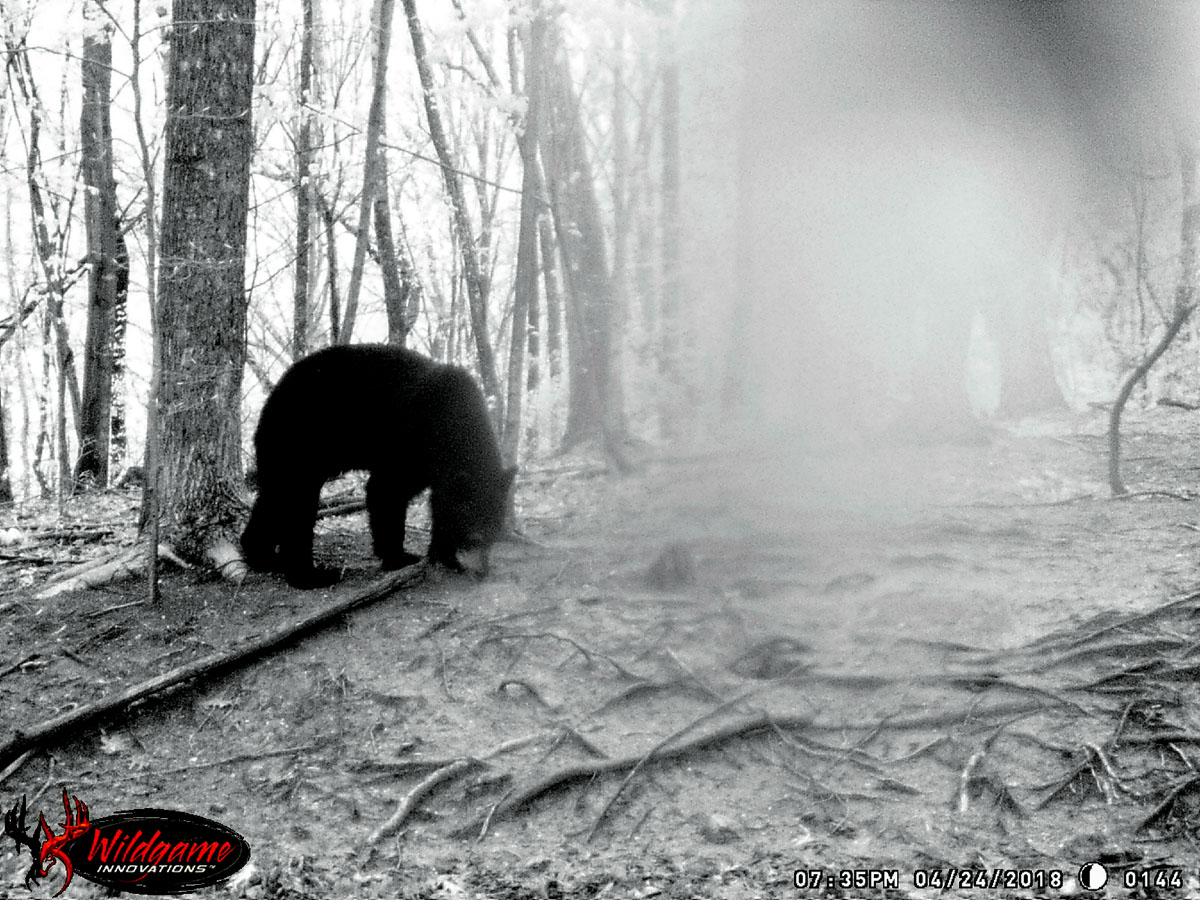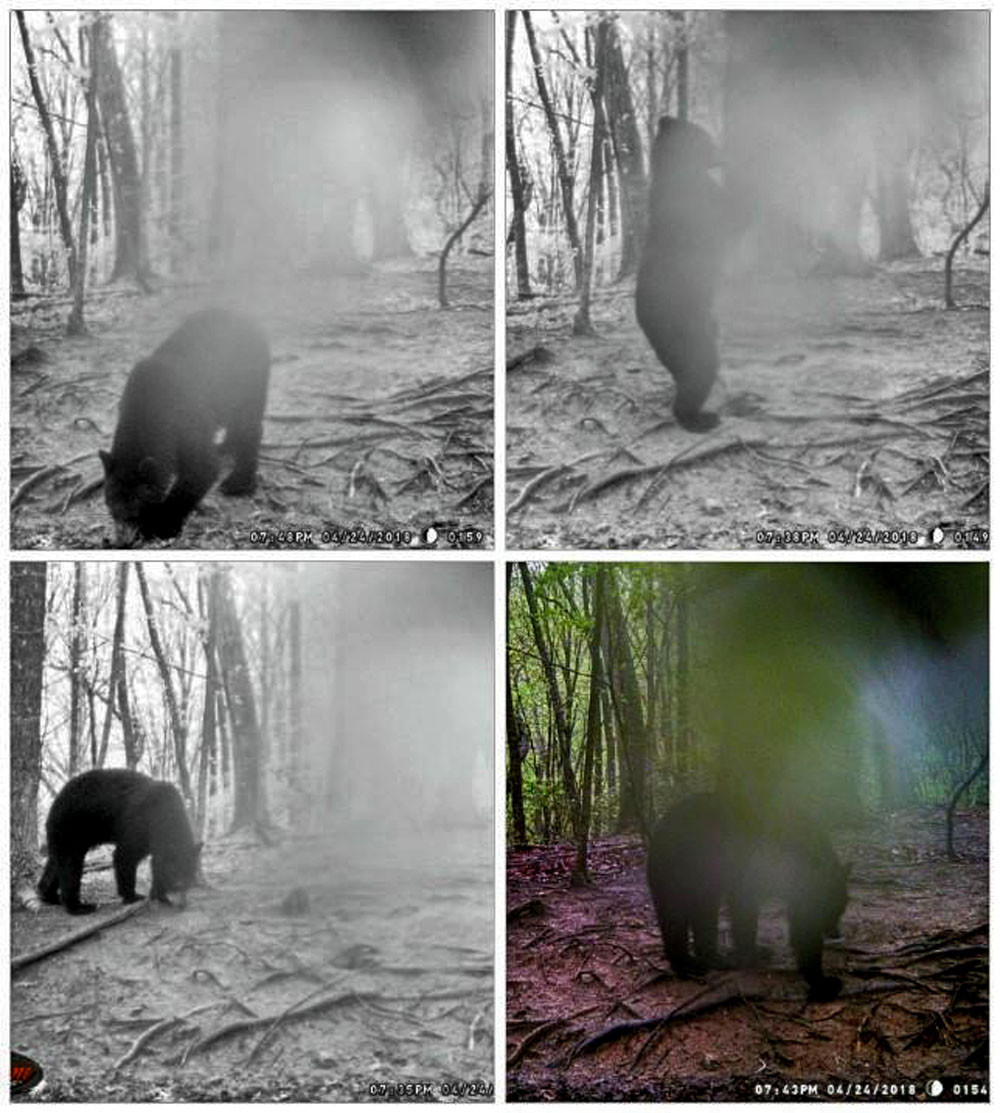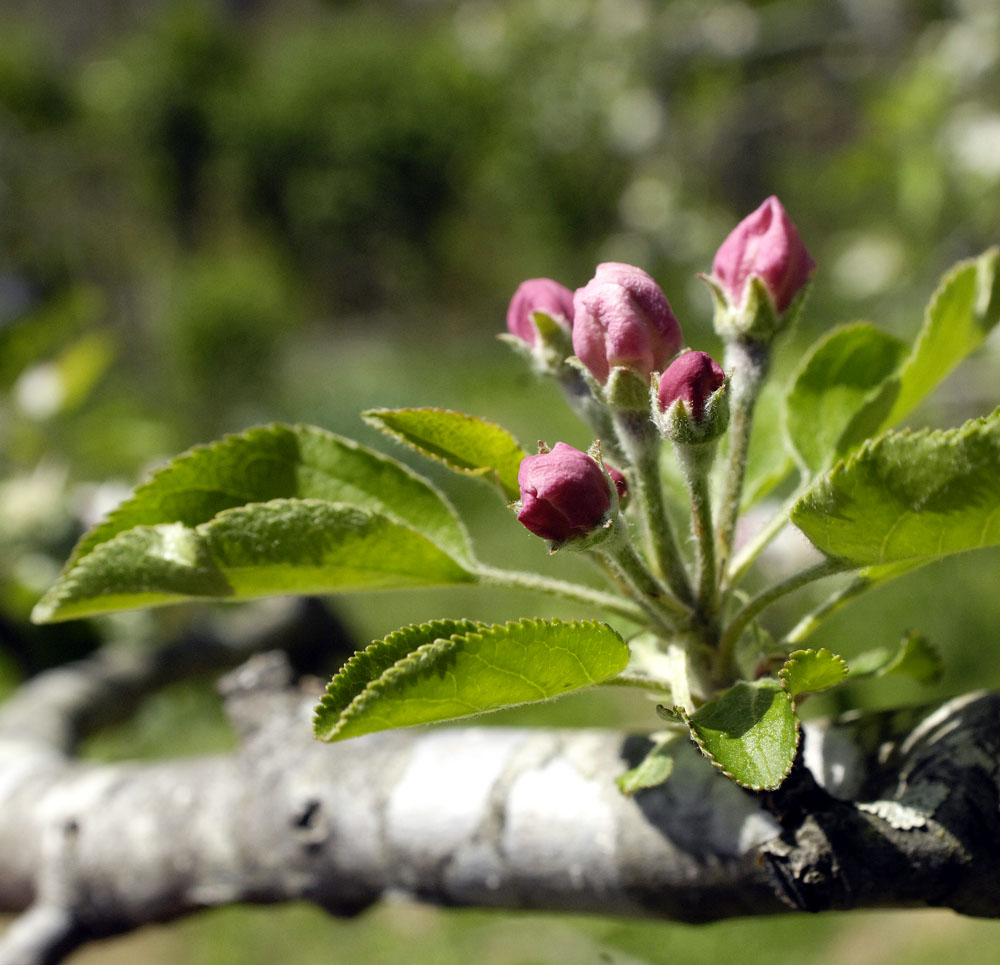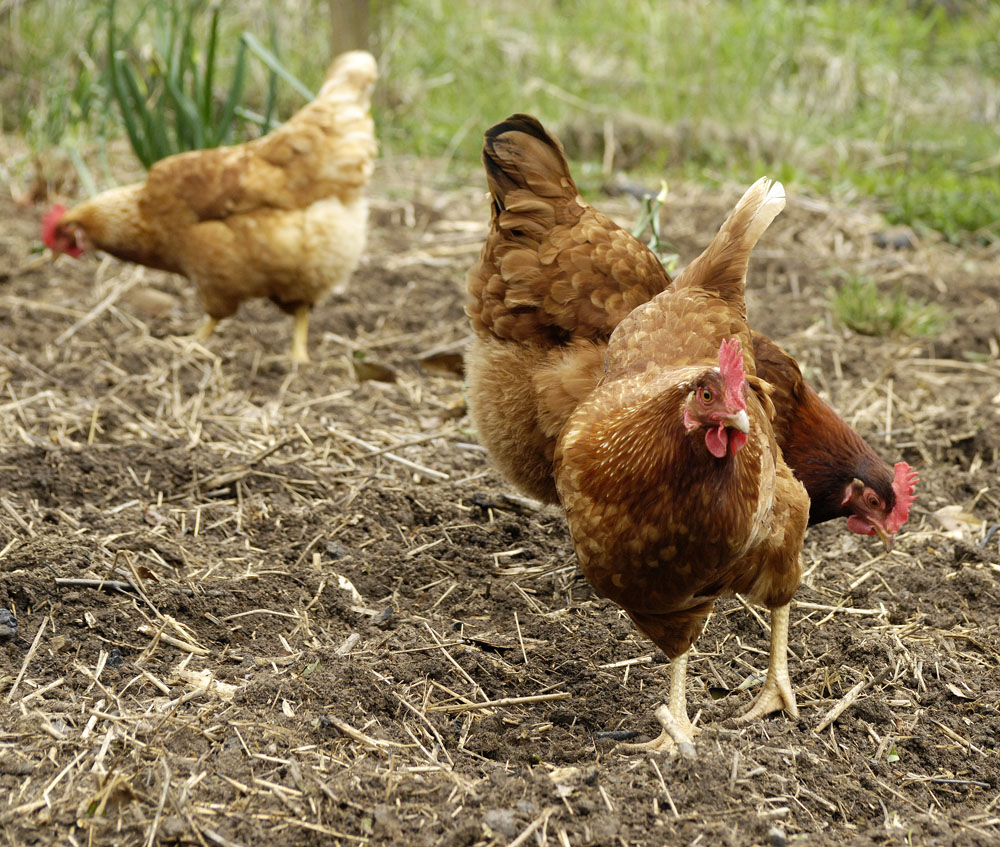Here in the foothills, some of the leaves are hanging on. But not far north in the Blue Ridge mountains, it’s all over for the summer of 2018. It was a good growing season, though, with more than 60 inches of rain so far this year in many areas of the mountains.
Category: The land
You can’t have too much abelia
The bees, hummingbirds, and butterflies would agree: You can’t have too much abelia.
Abelia shrubs bloom almost all summer long. There are thousands of little dime-size blooms. Abelia is an old-fashioned and out-of-style relative of honeysuckle, though it’s not as fragrant, and (thank goodness) it doesn’t climb.
This abelia bush, now nine years old, stands in front of the abbey’s bay window.
Nearby, under the front porch, the hostas are in full bloom. ⬇︎
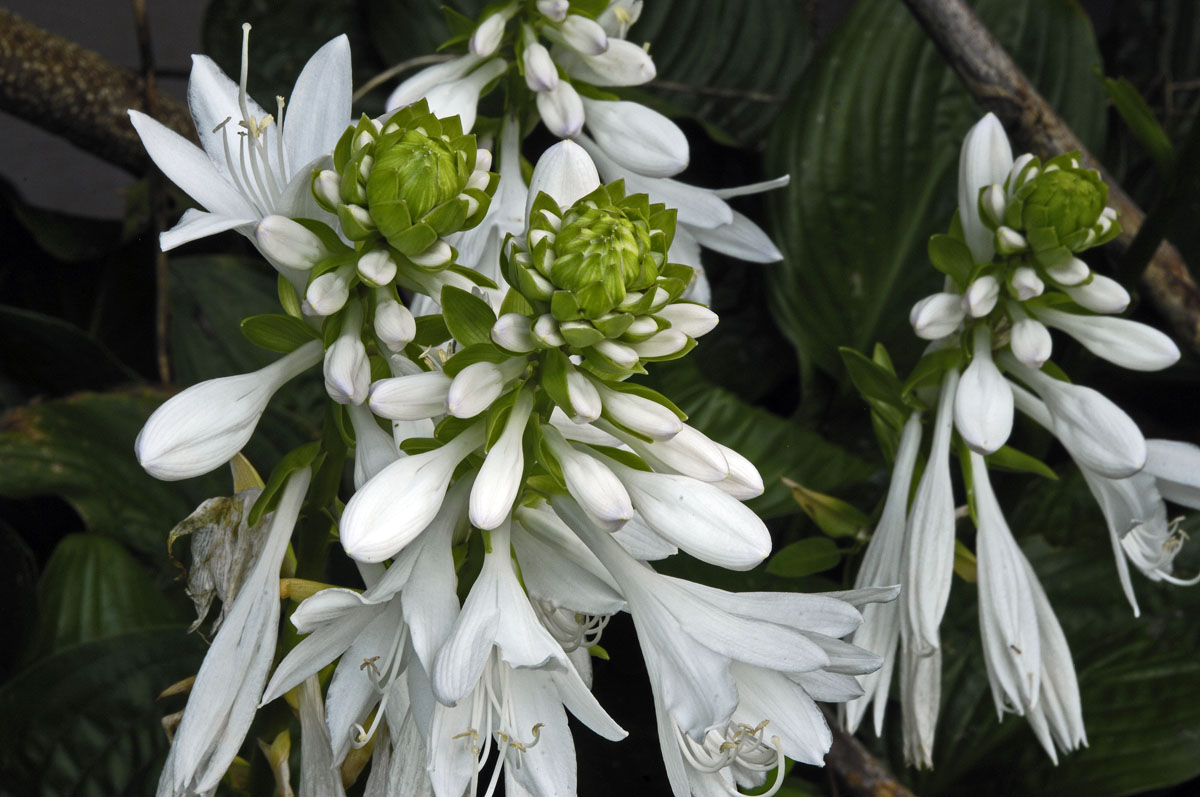
⬆︎ Hosta blooms. Click here for high-resolution version.
If only we had more of these
My guess would be that there are very few stiles remaining in America, though I also would guess that there were never that many in the first place, except possibly in New England. Most Americans probably don’t even know the word. Even I, born and raised a country person with roots in the Appalachian Highlands, know the word only from English literature.
I encountered this stile yesterday on one of the hiking trails at Rocky Knob, which is one of the camping areas along the Blue Ridge Parkway. It’s near Floyd, Virginia. The guide sheet for the Black Ridge trail calls it a “ladder.” Had the guide sheet used the word “stile,” few would have understood the instructions for getting across the fence (though the use of a stile is pretty obvious once you see it).
The near-loss of the word says a lot about our cultural loss. I’m guessing that city people these days walk far more than country people do. Cities have walking infrastructure; rural places have lost it. In my day, I’ve gone over and under my share of fences. But yesterday was the first time I’ve ever encountered a stile outside of a novel. Needless to say, I was delighted. There actually are two stiles — one leading into the pasture, and the other leading out.
The Black Ridge trail at Rocky Knob, by the way, is a remarkable little trail. It’s only 3.5 miles, but it has some of everything — deep woodland beside a small stream, a wee ford where you might find stepping stones if you’re lucky, highland meadows, cows, old farm roads worn deep by erosion and by the wagon traffic of many years ago, and the crossing of a ridge with views to both north and south. It’s all very Shire-like and picture perfect. I could imagine running into Frodo (out gathering mushrooms) or even Gandalf (surveilling the trouble afoot caused by Saruman’s agents inciting Trump supporters by telling them lies) at any moment. We’d have plenty of work for Gandalf in these parts these days.
Speaking of words, the Park Service employee who gave me the guide sheet and pointed to the trailhead said, “If you come across any cows, they’re innocuous.” That pleased me greatly, though it might have frightened those with poorer vocabularies. Probably as few Americans are familiar with the word “innocuous” as with the word “stile.”
Scratch a Park Service employee, bless them, and you just might find a lover of literature.
The word “innocuous,” by the way, comes from the Latin word innŏcŭus, which means “un-noxious,” or “harmless.” French cognates include noceur and nocif. But I suspect that the word “innocuous” came to us directly from Latin, since the words sound just the same. Related English words include “innocent,” and, of course, “noxious.”
While we’re at it, “stile” derives from the Old English word stigel, which is related to the word “stair.”
Readers in Britain: If you have nearby stiles, please send photos!
⬇︎ Update 1: A reader in the South Downs of England has sent these two photos of stiles, which she says are common in that part of England. I can’t say that I have ever seen anything like it. I think I’d call them plank stiles. Thanks for the photos!
Update 2: This Mother Goose rhyme has been running through my head all day:
There was a crooked man, who walked a crooked mile.
He found a crooked sixpence upon a crooked stile.
He bought a crooked cat, which caught a crooked mouse,
And they all lived together in a little crooked house.
Look who’s a mommie!
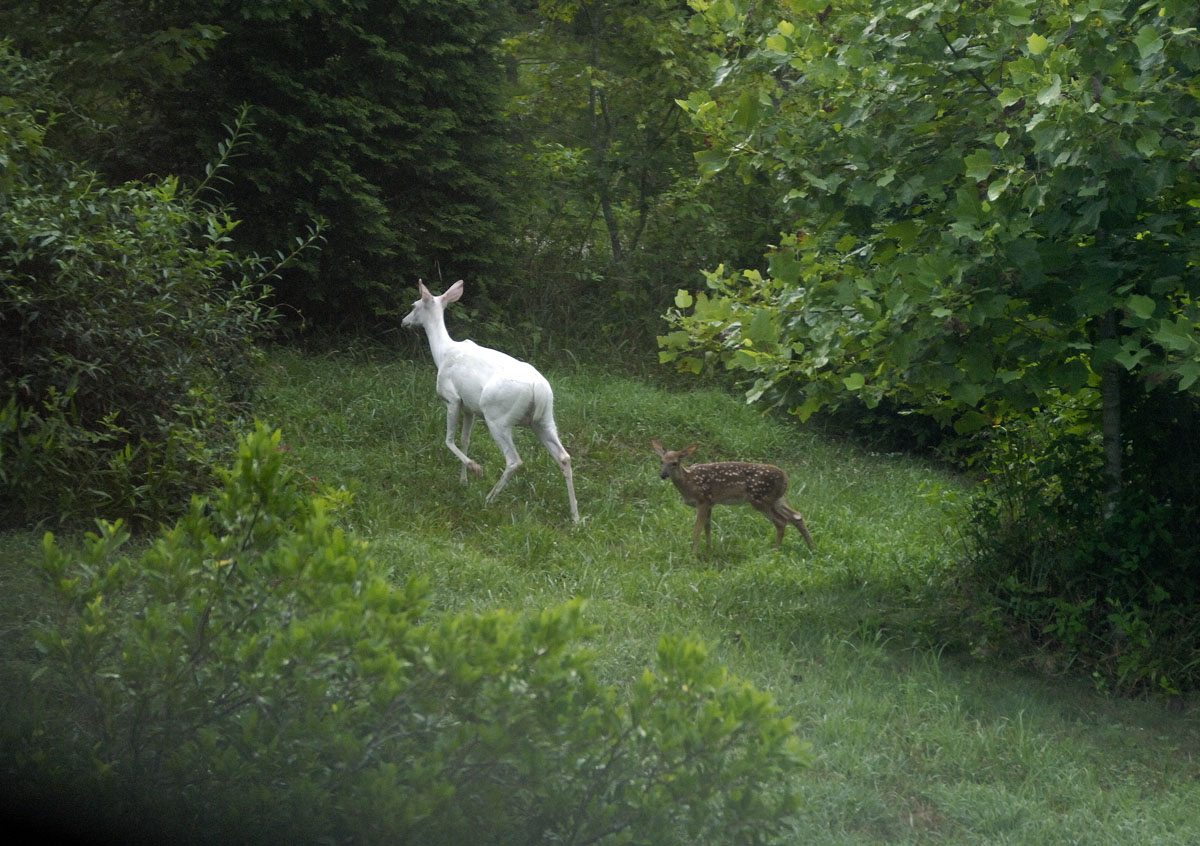
Click here for higher-resolution version.
The white deer has been around for several years now, bless her heart. It’s possible that there are even two white deer in this little hidden valley. This is the first time I’ve ever seen her with a fawn. The photo was taken from an upstairs front-facing window. I got a good look at her this morning. She’s a very pretty deer, and she looks healthy.
Watership Down
What’s blooming at the abbey
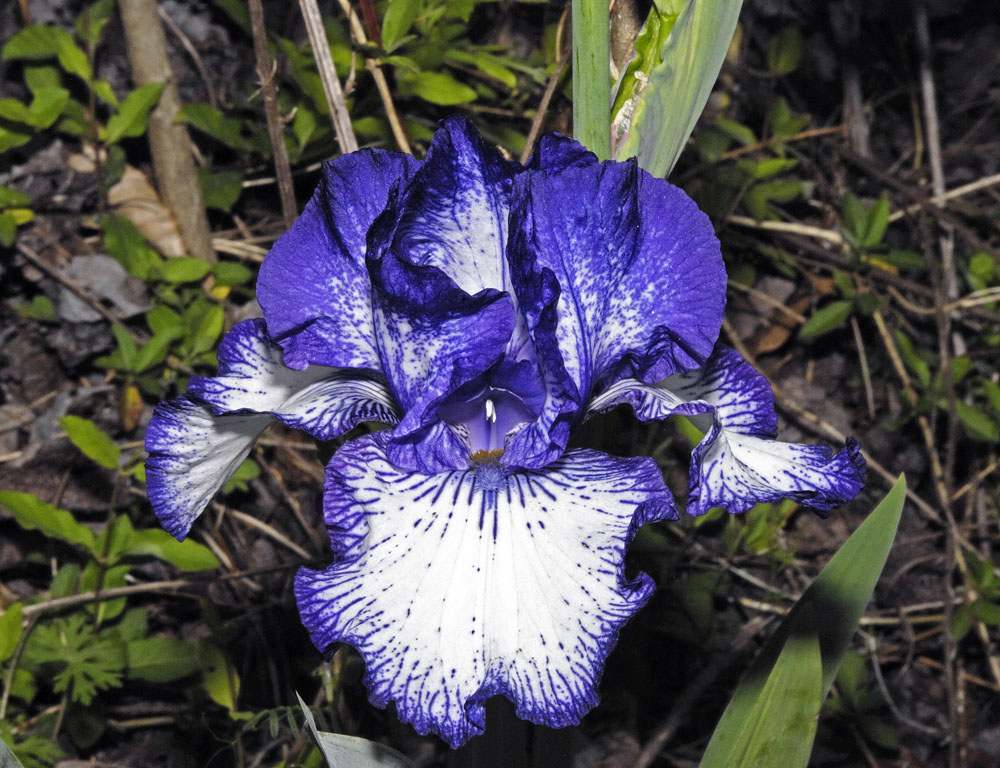
Click here for high-resolution version.
A remarkably unpleasant winter (and lingering) winter has turned into a remarkably pleasant spring.
Bears in the woods
I’ve always assumed that, at the very least, transient juvenile bears sometimes wander up the creek from the Dan River. That’s because I saw the tracks of a small bear in the mud six or seven years ago, down by the creek, about a quarter of a mile below the abbey.
Today, a neighbor with land in that area gave me photos of an adult bear that his game camera caught yesterday. The bear had raided a deer feeder. The abbey is pretty much down in a forest, in a little valley surrounded by ridges, with a creek passing through the valley. It’s not surprising that we have bears. As I said to the neighbor, that’s why we’re here, isn’t it? We wanted to live where the bears live.
At last, lilacs
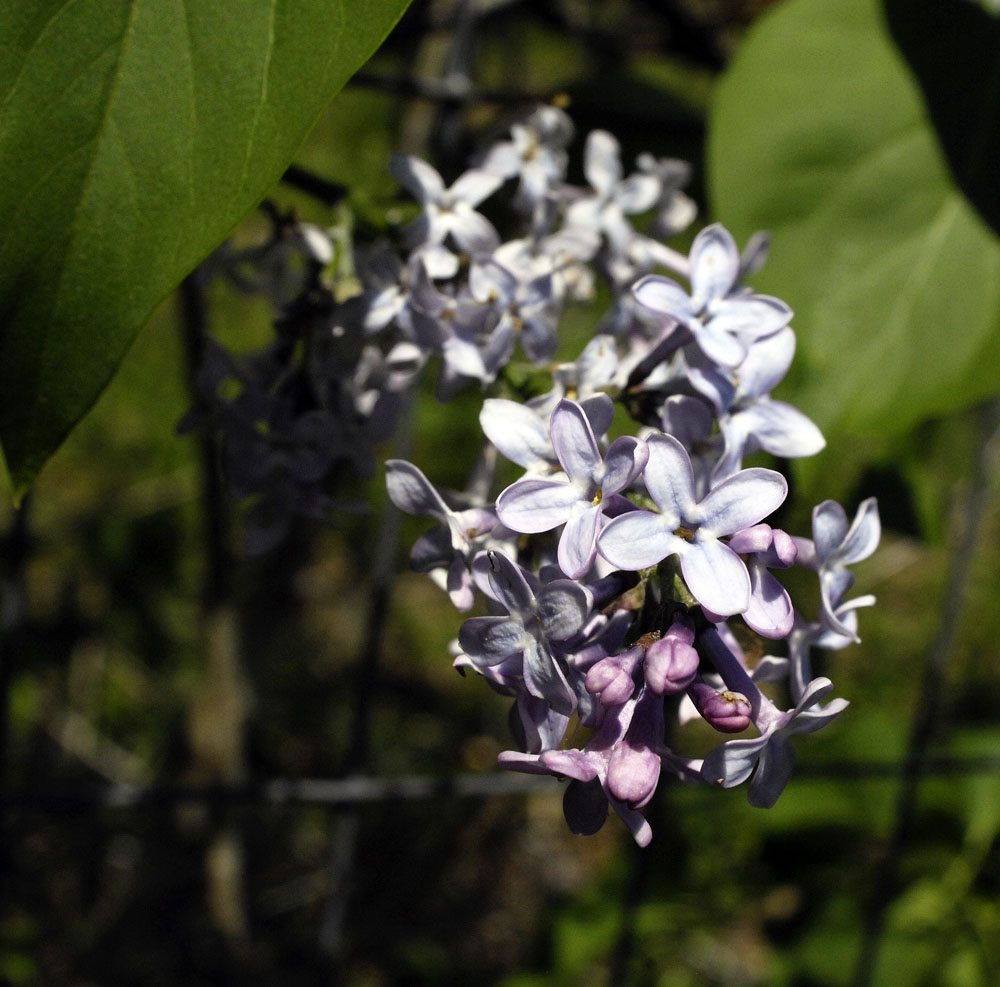
Click here for high-resolution version.
I have been waiting for years for the lilac bush to bloom for the first time. This year it finally did, though only in a small way.
The apple trees are looking great. There was a chance of frost on April 16, which I was afraid would ruin the apple blooms when they were most vulnerable. But the the frost didn’t happen. Here’s hoping for a good apple year.
Tilling time
Daffodils
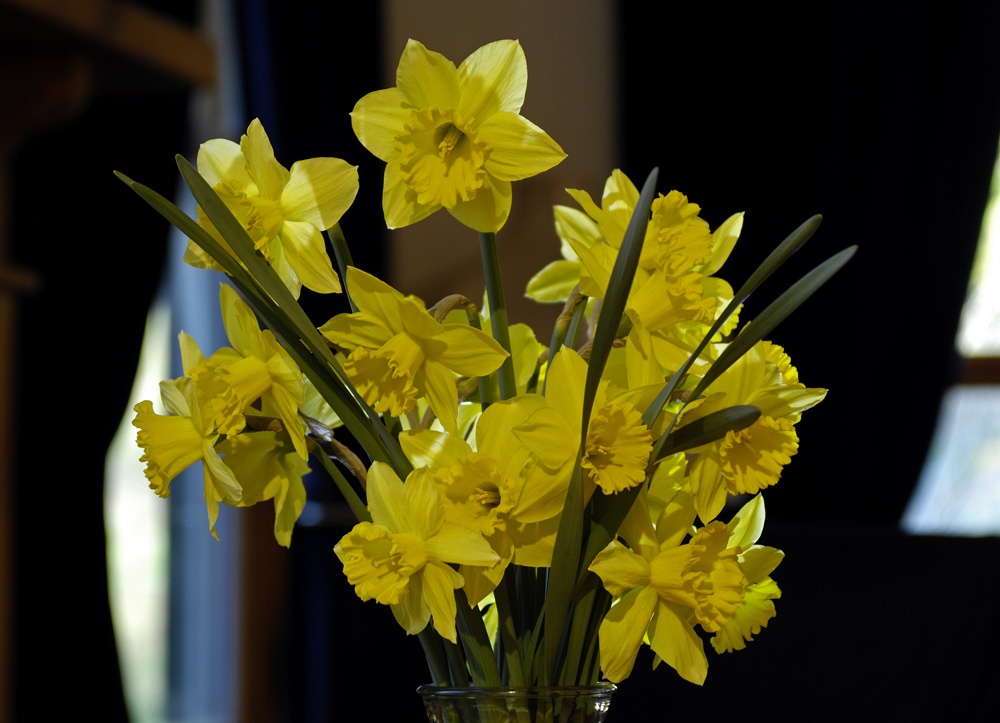
Click here for high-resolution version
Flowers can be remarkably hard to photograph. The problem is holding the subtle range of color and texture in all the parts of the flower. A little bit of backlighting helps. And the exposure has to be just right.
This is a digital photo, but I’m about to shoot the same flowers with color film. Soon: fruit tree blossoms.

